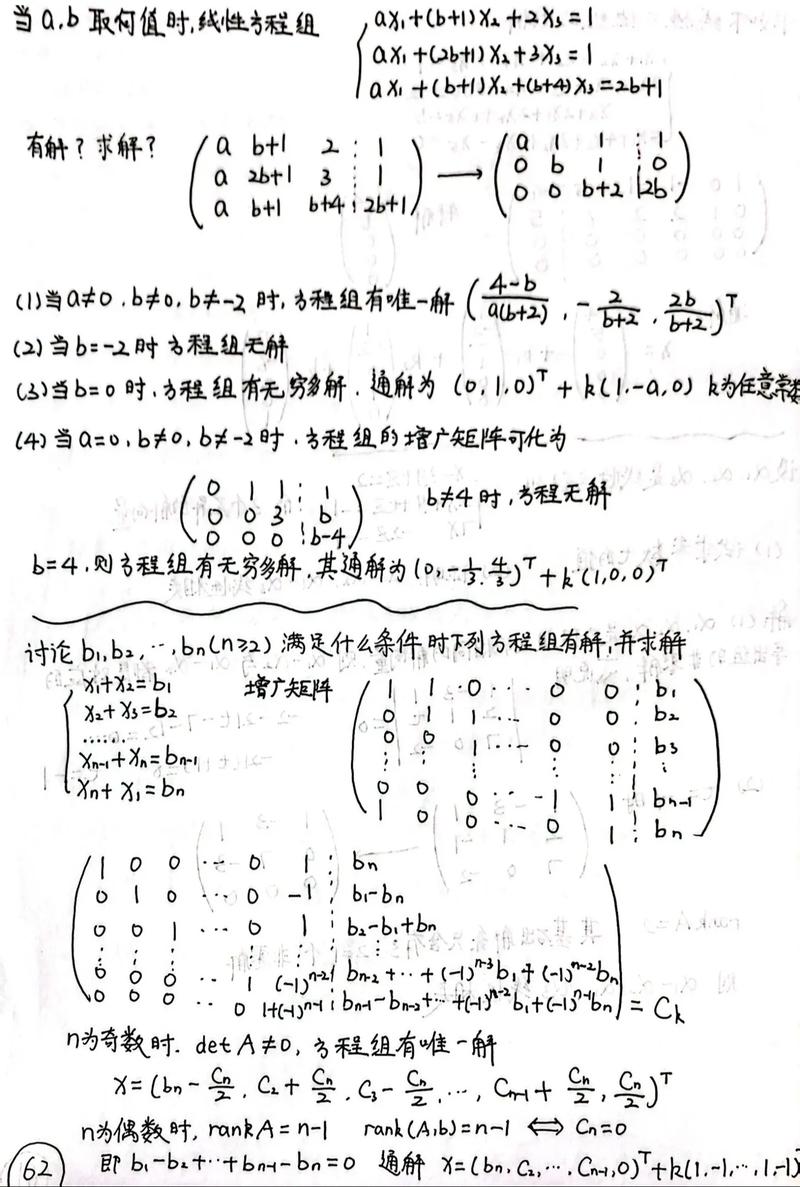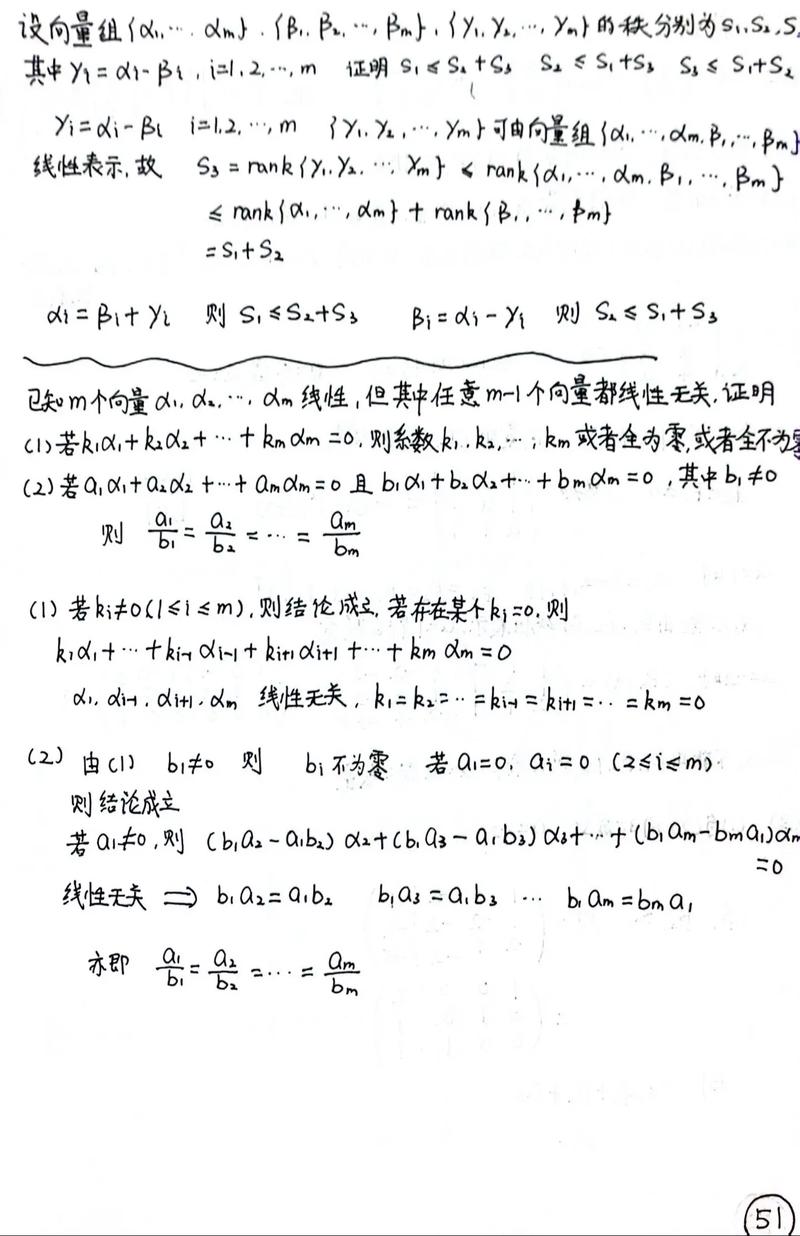
Understanding the Op Amp Feedback Equation: A Detailed Guide
The operational amplifier (op amp) is a fundamental component in analog electronics, widely used for amplification, filtering, and signal processing. One of the most crucial aspects of op amp design is the feedback equation, which determines the amplifier’s performance. In this article, we will delve into the intricacies of the op amp feedback equation, exploring its various dimensions and applications.
What is the Op Amp Feedback Equation?
The op amp feedback equation is a mathematical expression that describes the relationship between the input and output voltages of an op amp in a closed-loop configuration. It is given by the following formula:

| Variable | Description |
|---|---|
| Aol | Open-loop gain of the op amp |
| Acl | Closed-loop gain of the op amp |
| B | Feedback factor |
Here, Aol represents the open-loop gain, which is the gain of the op amp without any feedback. Acl is the closed-loop gain, which is the actual gain of the op amp with feedback. The feedback factor, B, is a measure of how much of the output voltage is fed back to the input.
Understanding the Feedback Factor
The feedback factor, B, plays a crucial role in determining the closed-loop gain of an op amp. It is defined as the ratio of the voltage at the inverting input to the voltage at the output. Mathematically, it can be expressed as:
B = Vin- / Vout
where Vin- is the voltage at the inverting input and Vout is the voltage at the output. The feedback factor can be in the range of 0 to 1, where 0 represents no feedback and 1 represents unity feedback.
Calculating the Closed-Loop Gain
Using the feedback factor, we can calculate the closed-loop gain of an op amp. The formula for closed-loop gain is given by:
Acl = Aol / (1 + AolB)

This equation shows that the closed-loop gain is inversely proportional to the feedback factor. As the feedback factor increases, the closed-loop gain decreases, resulting in a more stable and predictable amplifier.
Applications of the Op Amp Feedback Equation
The op amp feedback equation has numerous applications in analog electronics. Some of the most common applications include:
-
Amplification: The feedback equation is used to design amplifiers with desired gain and stability.
-
Filtering: The equation helps in designing filters with specific frequency response characteristics.
-
Signal processing: The feedback equation is used in various signal processing applications, such as rectification, demodulation, and modulation.
-
Control systems: The equation is essential in designing control systems with desired performance specifications.
Practical Considerations
When designing an op amp circuit using the feedback equation, it is essential to consider the following practical aspects:
-
Op amp stability: The op amp must be stable in the closed-loop configuration to avoid oscillations and instability.
-
Component selection: The choice of components, such as resistors and capacitors, affects the circuit’s performance and stability.
-
Biasing: Proper biasing of the op amp is crucial for achieving the desired gain and stability.
-
Power supply: The power supply voltage should be adequate to ensure proper operation of the op amp.
Conclusion
The op amp feedback equation is a powerful tool for designing and analyzing op amp circuits. By understanding the equation and its various dimensions, you can create stable, high-performance amplifiers and other analog circuits. Whether you are a hobbyist or a professional engineer, the op amp feedback





